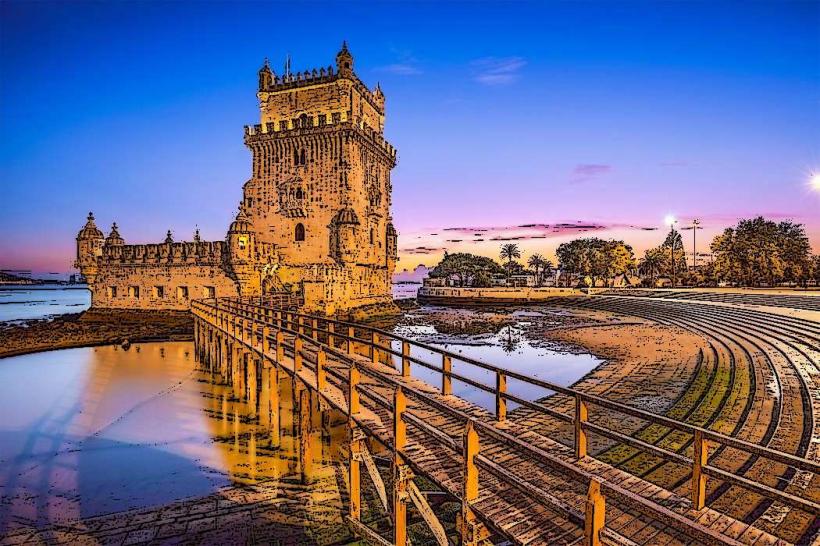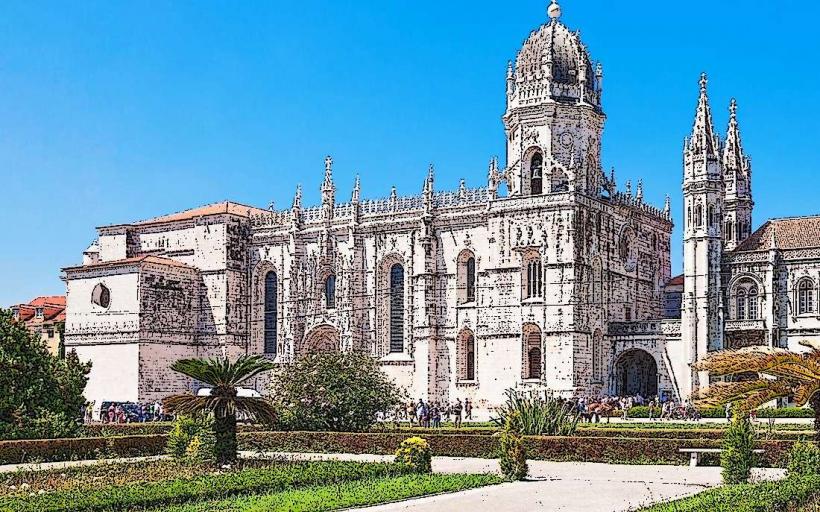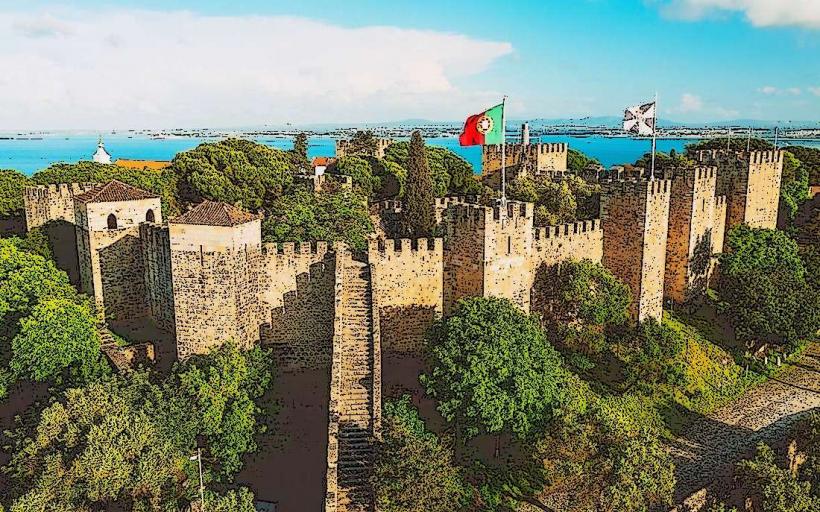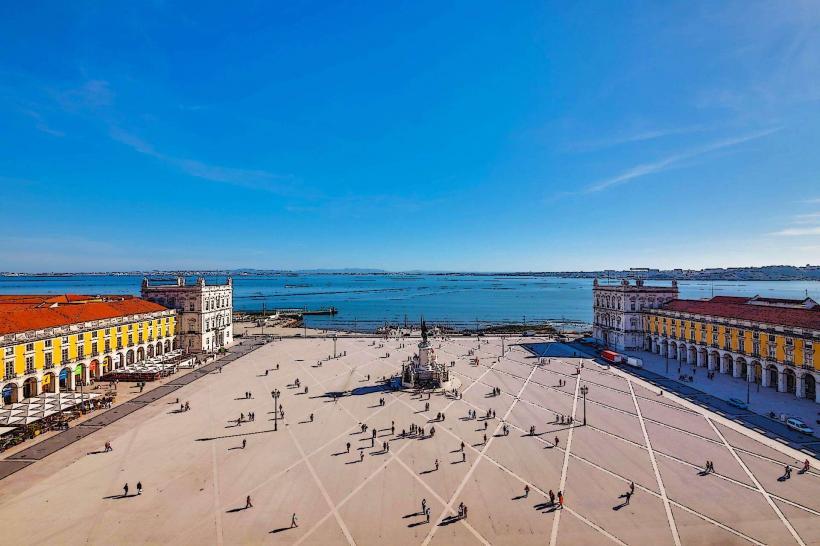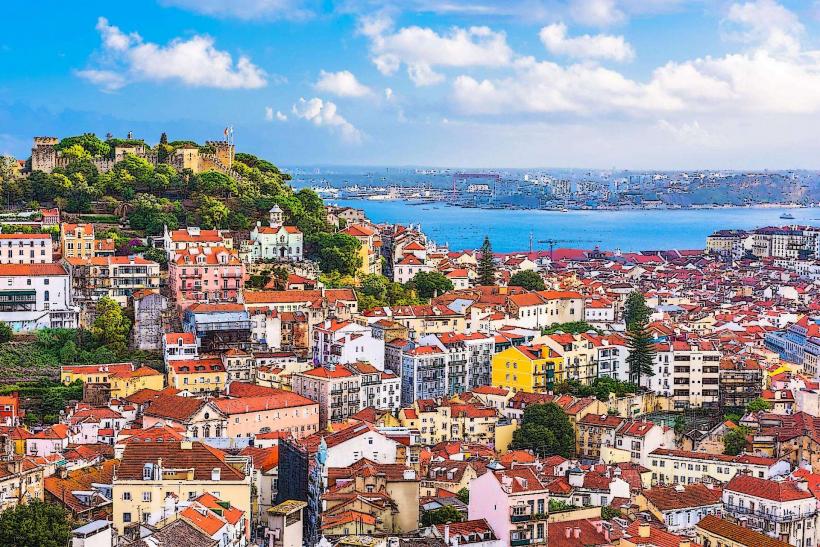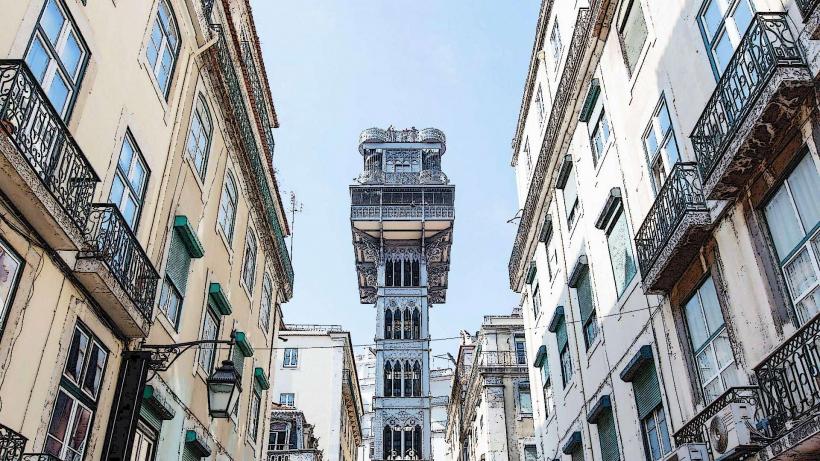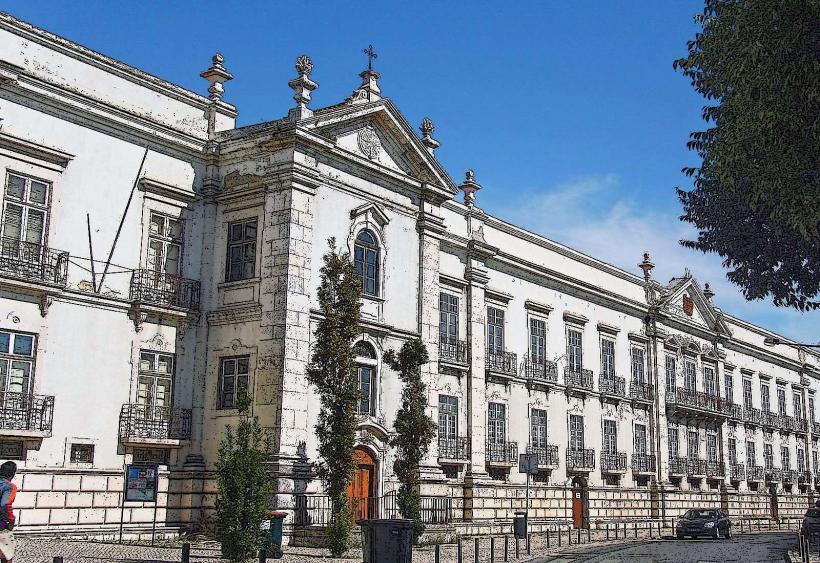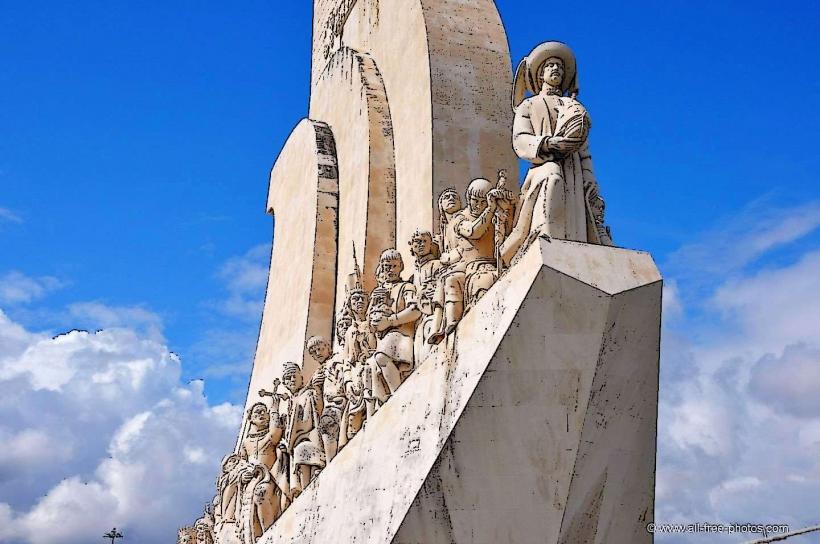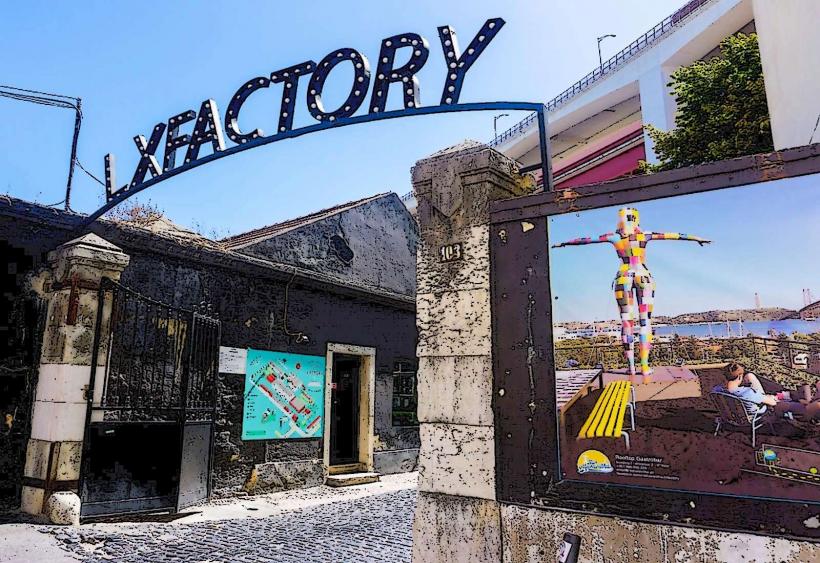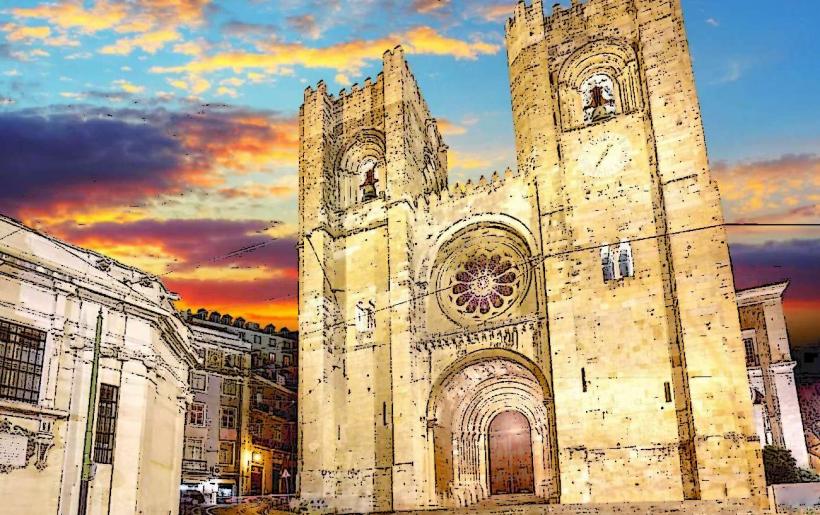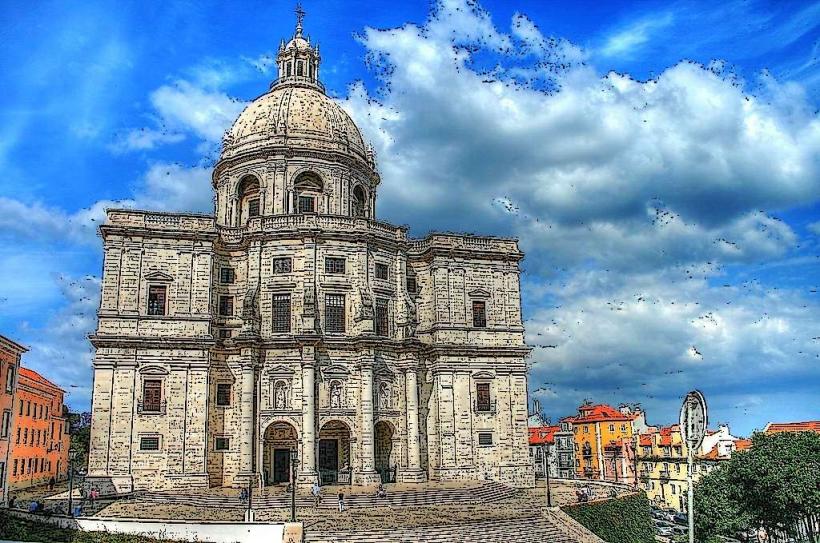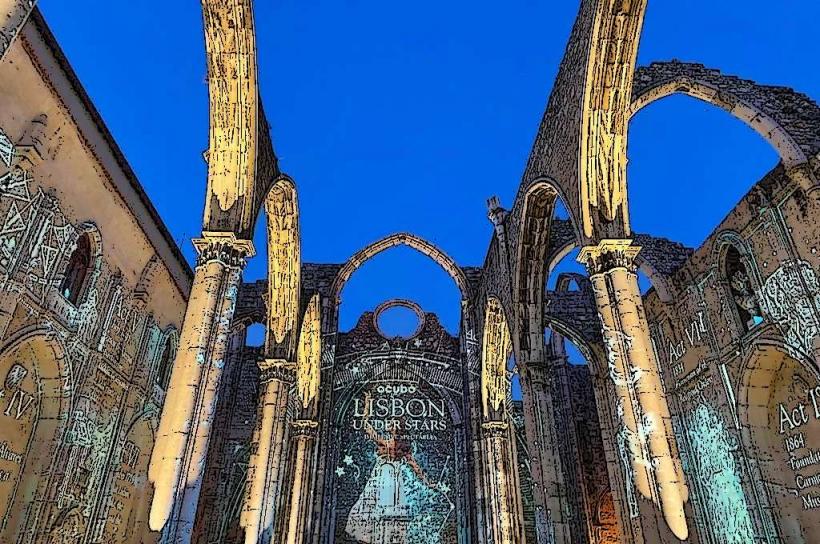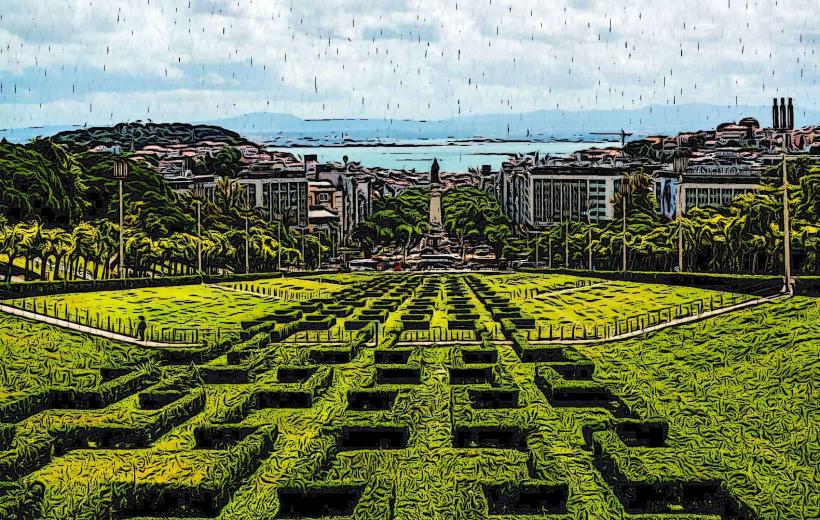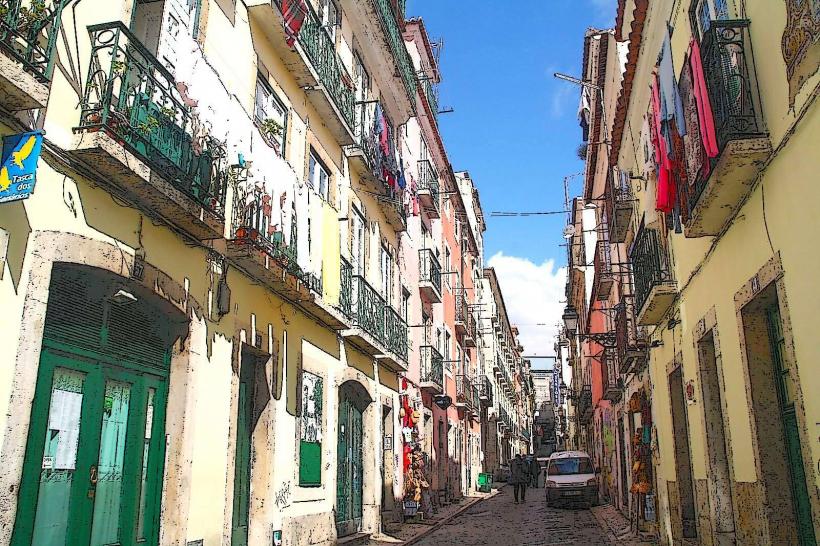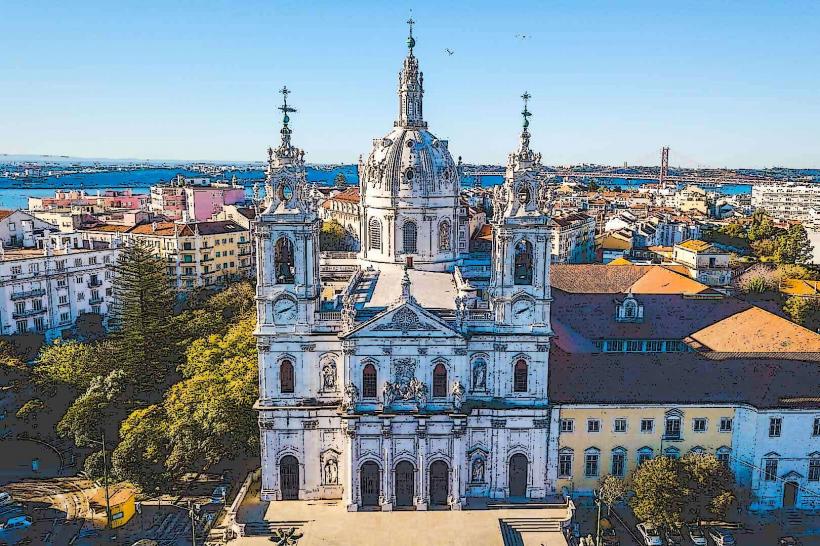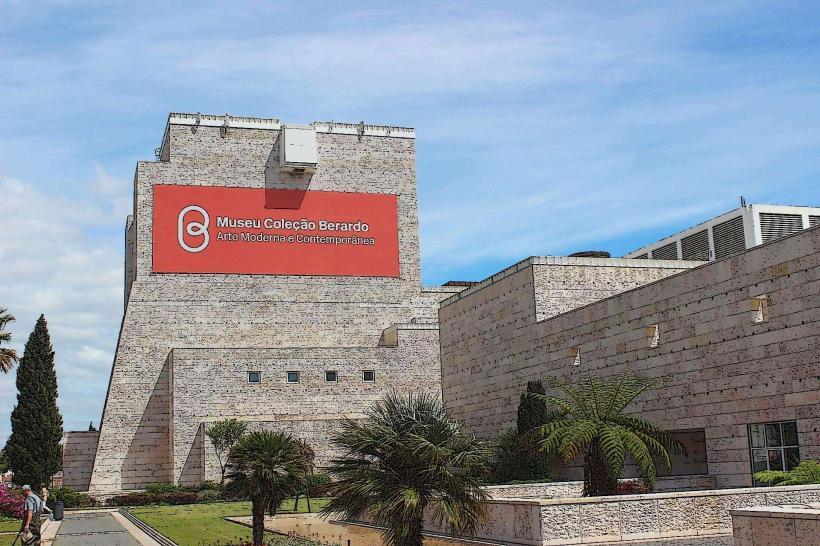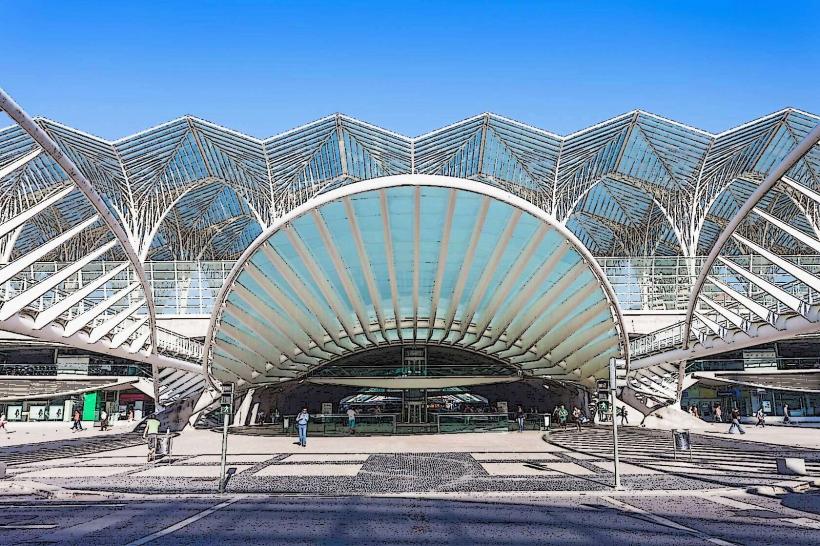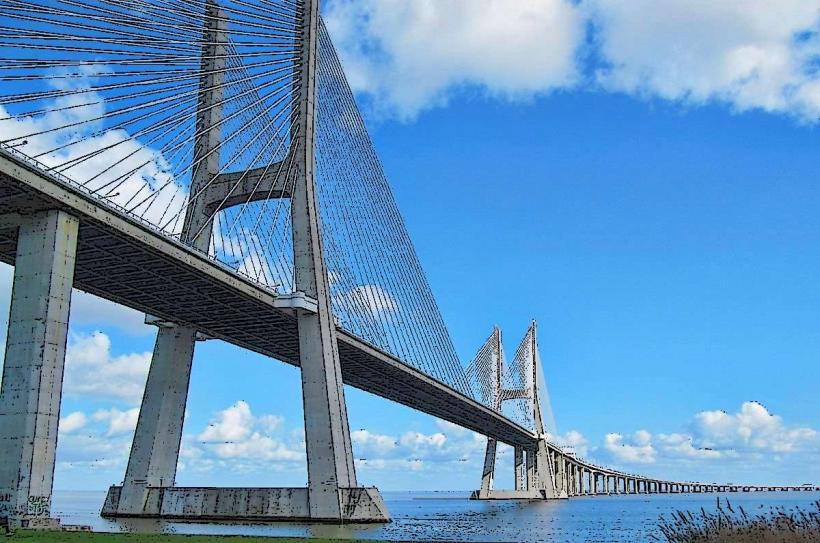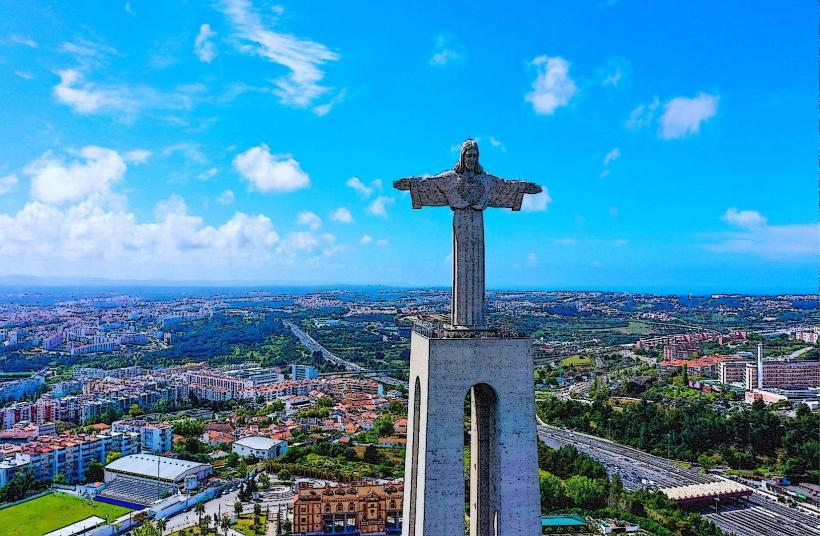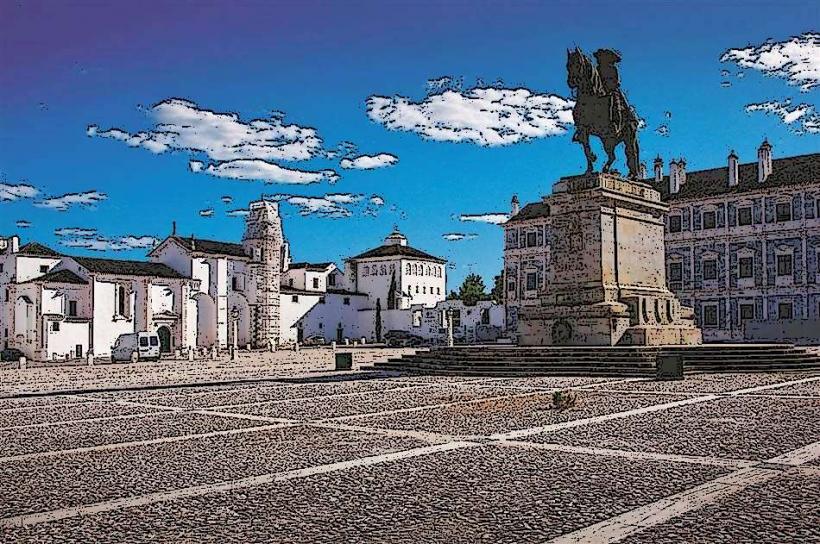Information
Landmark: Calouste Gulbenkian MuseumCity: Lisbon
Country: Portugal
Continent: Europe
The Calouste Gulbenkian Museum (Museu Calouste Gulbenkian) is one of the most important cultural institutions in Lisbon, offering a remarkable collection of art and historical objects. Founded in 1962, the museum is named after Calouste Gulbenkian, an Armenian-British oil magnate, philanthropist, and art collector who bequeathed much of his extensive collection to Portugal. The museum houses a wide range of artistic works, including ancient artifacts, European paintings, Islamic art, and Eastern art.
1. History and Foundation
- Calouste Gulbenkian: Born in 1869 in Istanbul, Calouste Gulbenkian was a prominent figure in the oil industry, especially known for his involvement in the development of oil reserves in the Middle East. However, he was also a passionate art collector and philanthropist. Over the course of his life, Gulbenkian amassed a vast collection of art, including paintings, sculptures, manuscripts, and decorative arts from various periods and regions.
- Donation to Portugal: Gulbenkian had a strong connection to Portugal, and in 1956, he made a bequest of his personal collection to the country. His decision to leave the collection to Portugal was part of his broader desire to promote cultural exchange and contribute to the arts. In his will, he specified that the collection should be housed in a new museum, which would be built in Lisbon to showcase these treasures.
- Museum’s Opening: The Calouste Gulbenkian Museum officially opened in 1962. It was designed to reflect the breadth and diversity of Gulbenkian’s collection and to create a space where visitors could experience a wide range of artistic traditions from different periods and parts of the world.
2. Collection and Exhibits
The museum’s collection is divided into two main parts: the Gulbenkian Collection and the Modern Collection. The Gulbenkian Collection is a vast array of art objects spanning thousands of years, and the Modern Collection is a more recent addition that highlights 20th-century art.
The Gulbenkian Collection
- European Art: One of the highlights of the Gulbenkian Collection is its exceptional collection of European paintings, particularly from the 17th to the 19th centuries. The collection includes works by masters such as Rembrandt, Rubens, Van Dyck, and Boucher, offering a survey of European art from the Renaissance through the Baroque and Rococo periods.
- Ancient Art: Gulbenkian’s collection also includes a fascinating selection of ancient artifacts, including Egyptian, Greek, Roman, and Mesopotamian art. The museum houses a collection of Egyptian mummies, Greek vases, Roman sculptures, and objects from the ancient civilizations of the Near East. These artifacts are displayed in a way that allows visitors to explore the ancient world’s cultural and artistic achievements.
- Islamic Art: The museum is particularly renowned for its collection of Islamic art, with a wide array of Persian, Ottoman, and Mughal pieces. The collection includes ceramics, manuscripts, textiles, metalwork, and jewelry, showcasing the richness and diversity of Islamic artistic traditions.
- Asian Art: Gulbenkian’s love for Eastern art is also reflected in his collection, which includes a significant number of Chinese, Japanese, and Indian works. These pieces range from Chinese jade, Indian miniatures, Japanese netsuke, and Chinese paintings to Japanese prints, offering an insightful look into the artistic traditions of the East.
The Modern Collection
- The Modern Collection was established in the late 20th century and showcases 20th-century art, with works from artists such as Salvador Dalí, Pablo Picasso, and Man Ray. This collection reflects the evolution of modern artistic movements, including Surrealism, Cubism, and Abstract Art. It serves as a complement to the older, classical works in the Gulbenkian Collection.
3. Museum Architecture
- Design: The Calouste Gulbenkian Museum was designed by the renowned architect Ruy Jervis d'Athouguia, with a modernist approach that complements the collection it houses. The museum is set in a tranquil park with landscaped gardens, offering a peaceful setting for visitors to explore its galleries.
- Museum Layout: The museum is divided into two main wings: the Gulbenkian Collection Wing and the Modern Art Wing. The layout is designed to guide visitors through the collection in a coherent and chronological manner. The building itself is an example of clean, modernist design with large windows that allow natural light to filter into the galleries, highlighting the art.
- Sculpture Garden: One of the unique features of the museum is its sculpture garden, where visitors can view a selection of outdoor sculptures, providing a connection between the museum and the surrounding park. The garden features works by Henri Moore and Jean Arp, among others.
4. Special Exhibitions and Events
- In addition to its permanent collection, the Calouste Gulbenkian Museum regularly hosts temporary exhibitions. These exhibitions often focus on specific themes or artists, and they attract a wide range of visitors, from art enthusiasts to scholars. The museum is also involved in cultural programming, including lectures, concerts, and workshops.
- The museum’s Gulbenkian Foundation also organizes a range of educational and cultural events, furthering the legacy of Calouste Gulbenkian as a patron of the arts.
5. Visitor Experience
- Admission: There is a small entrance fee for visiting the museum, though entry is free on certain days (such as during special events or on specific holidays). The museum is open most days, with regular operating hours and occasional closures for maintenance or special events.
- Guided Tours: The museum offers guided tours in multiple languages, providing a deeper understanding of the art and history of the collections. Audio guides are also available for visitors who prefer a self-guided experience.
- Educational Programs: The museum is dedicated to education and offers a variety of programs for schools, families, and adults. These programs include guided visits, creative workshops, and lectures aimed at deepening knowledge and appreciation of the collections.
- Museum Shop and Café: The museum features a shop selling art-related books, prints, and gifts, as well as a café where visitors can relax and enjoy refreshments in a tranquil setting.
6. Location and Accessibility
- The Calouste Gulbenkian Museum is located in the central area of Lisbon, near the Avenida da Liberdade, one of the city’s main boulevards. It is easily accessible by public transport, including metro, bus, and tram. The nearest metro stations are São Sebastião (Blue and Red Lines) and Entre Campos (Yellow Line).
- The museum is situated in a park-like setting, providing a serene atmosphere that complements the artworks on display. Visitors can take a stroll through the surrounding gardens before or after their visit to the museum.
7. Summary
The Calouste Gulbenkian Museum is a cultural gem in Lisbon, offering one of the most impressive collections of art in the world. The museum’s diverse collection, spanning from ancient to modern art, reflects Calouste Gulbenkian's lifelong passion for the arts and his desire to share his treasures with the world. Whether you are interested in European paintings, Islamic art, Asian antiques, or 20th-century masterpieces, the museum offers an enriching experience for all visitors. The beautiful architecture, serene surroundings, and engaging exhibitions make the Calouste Gulbenkian Museum a must-visit destination for art lovers and anyone interested in exploring Lisbon’s rich cultural heritage.

